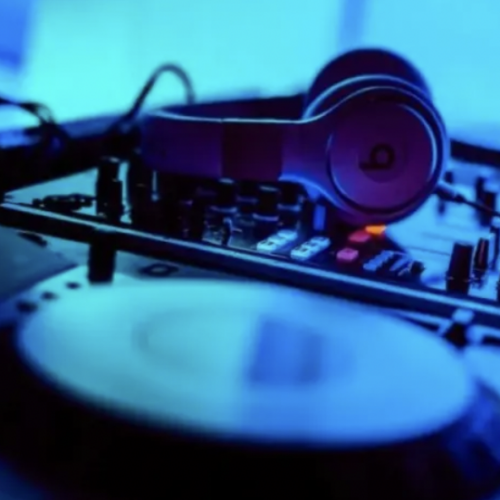I may have written the original story 5 or 6 years ago, and posted it on Facebook. Now, it’s lost in the never ending hive of virtual junk I’ve accumulated on that site.
I thought I’d outline it here, now, as food for thought.
There is a standard criteria for distinguishing something as “art”. It’s a valid list, in my opinion, and I’d like to use this as my guide as I defend DJing and playlist curation.* Each week, I’ll visit one item from the criteria below in my justification.
The criteria used to judge art can vary depending on the selection process, but may include:
- Technical merit: How well the artist has mastered their medium
- Originality: Whether the work is new, cutting edge, or an advancement in its field
- Composition: The quality of the design and artistic composition based on the theme
- Color: Whether the color works well with the other design elements
- Clarity: How clear the theme is to the viewer and how well it’s interpreted
- Proportion: Whether the dimensions of the artwork are true to form and accurately reflect what they’re meant to represent
- Emotional impact: Whether the art is able to evoke an emotion
Considering technical merit, some folks have it, some don’t. Some with zero technical skills are extremely entertaining DJs due to music selection and mix. Those highly skilled DJs (and I’m speaking of those in the scratching, mixing, looping ilk), are amazing and certainly artists. Selectors, like me, are also counted as artists, but for different reasons. However, selectors have technical skill; I’ve heard vinyl selectors blend songs as smoothly as the best Serato user.
In Bill Brewster and Frank Broughton’s book, Last Night a DJ Saved My Life: a History of the Disc Jockey, they discuss how in the early days of spinning vinyl in clubs, the most aurally attractive mixes were the ones put out by DJs who used just the high, mid, and low tone knobs to enhance the listening/feeling/dancing experience. Mids bring out individual instruments and highlight pianos, saxes, and some vocal parts. Highs can make lyrics more legible. And as for the lows, you know what the thumping bass can do. With just a few levers or knobs, even the least technically savvy mixer could get the audience going.
You may be beat matching or blending harmonically (by ear!) or you might have the laptop do all the work for you. Either way, this all requires technical mastery. By mastering these techniques and consistently delivering impressive performances (raw or computerized), DJs can establish and prove their technical merit in the industry.
Next week, I’ll take a look at originality and composition as criteria for art.
*I don’t love using the word “curation”. It’s as over-used as “residency” and “organic”.
